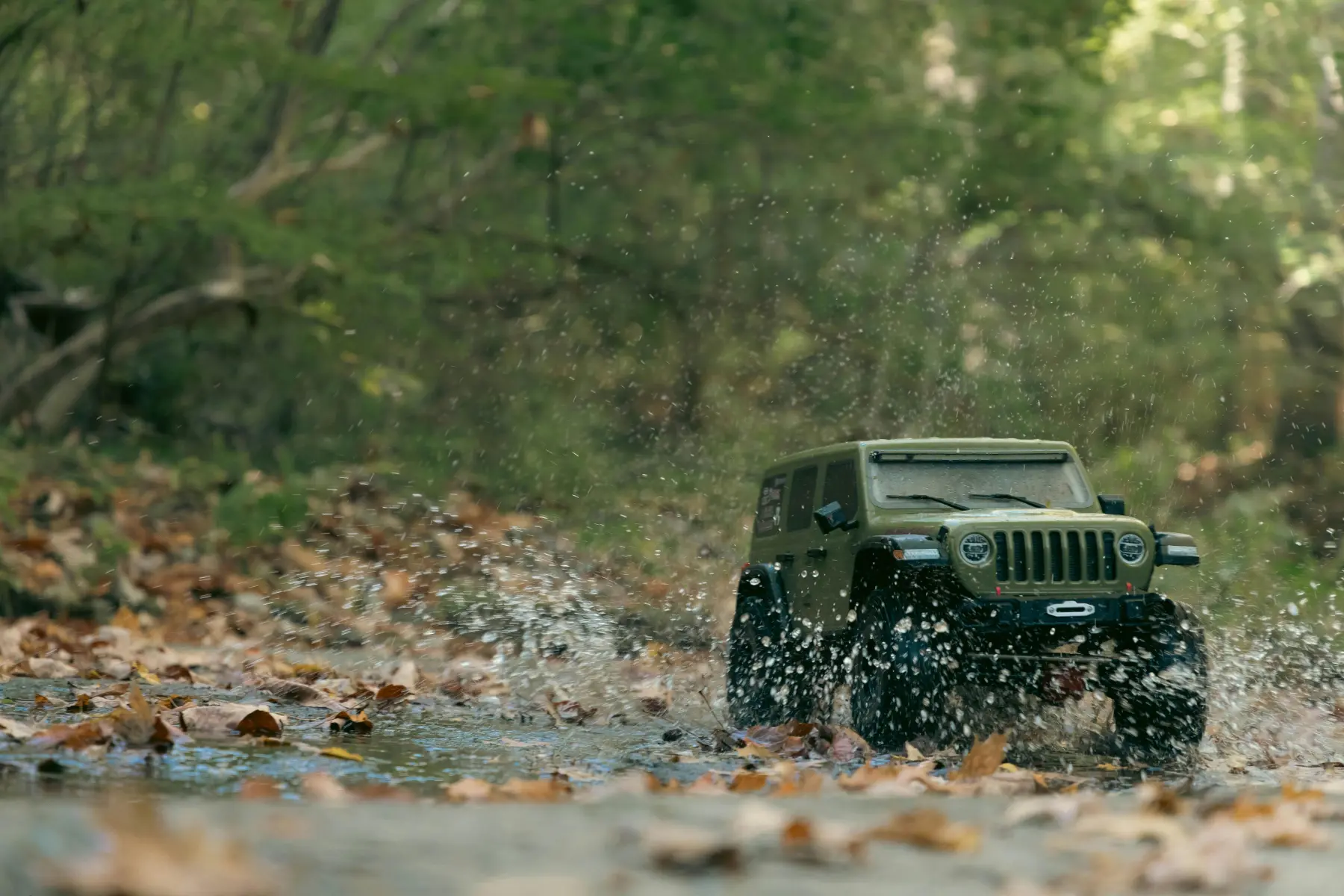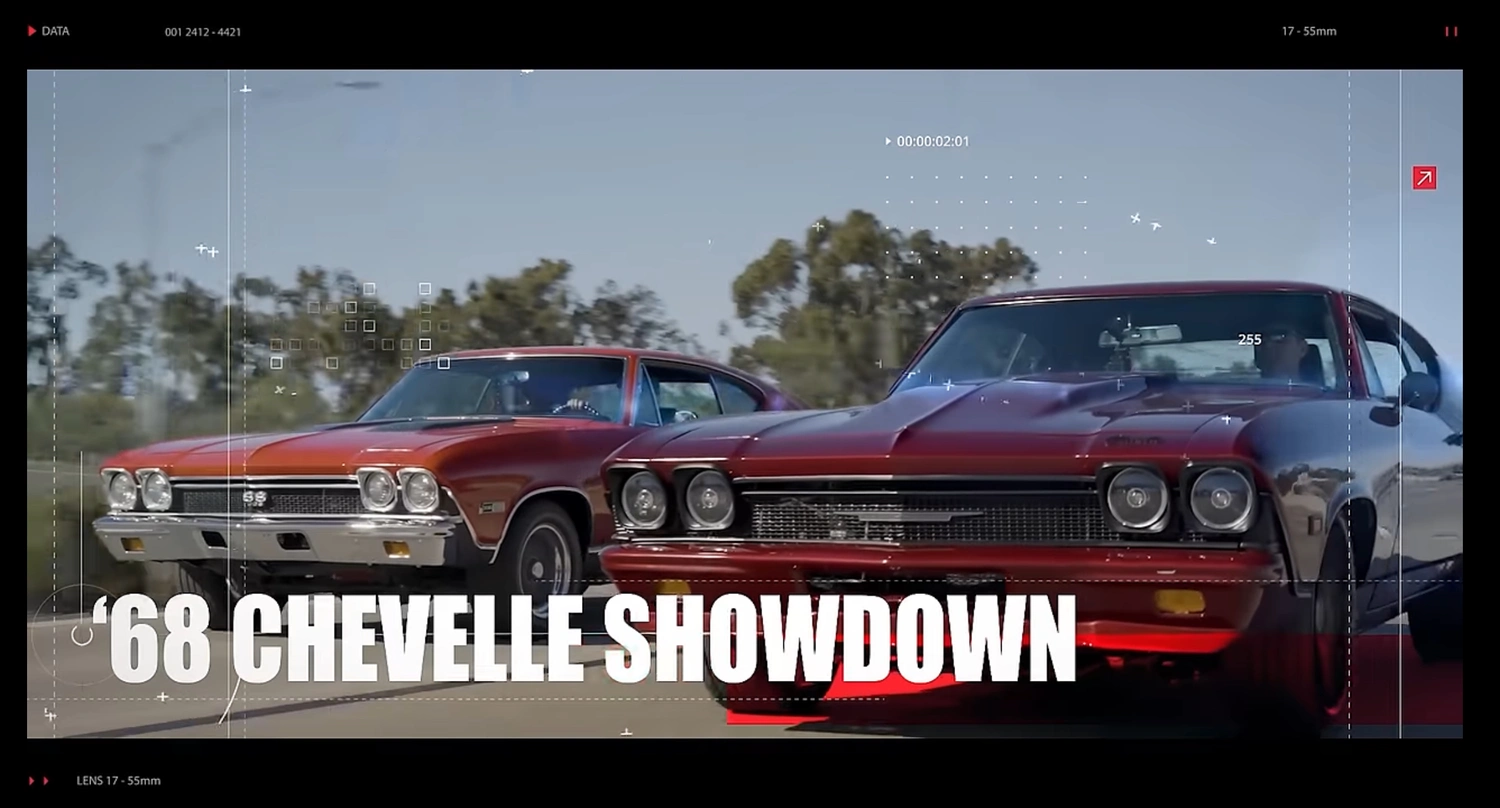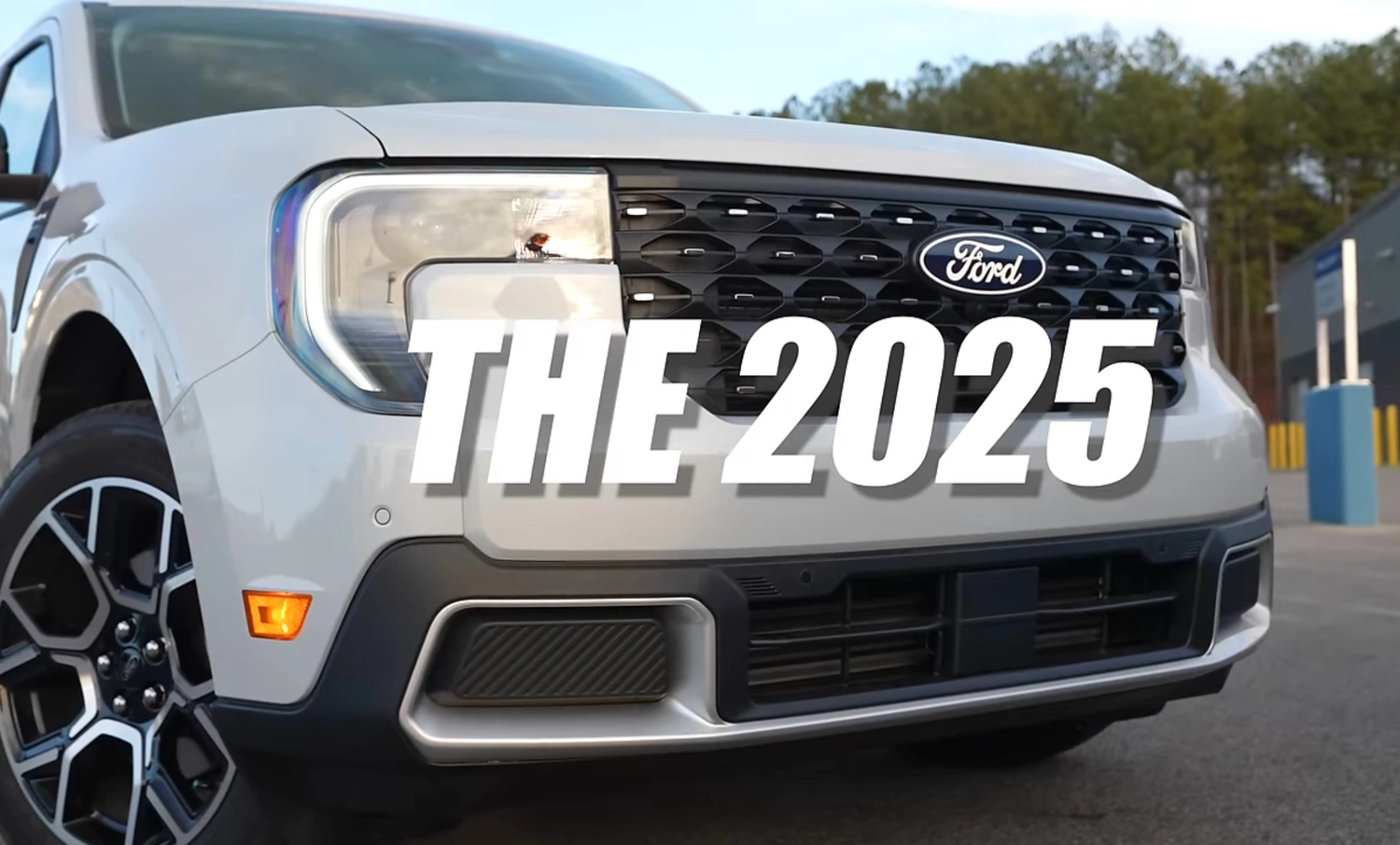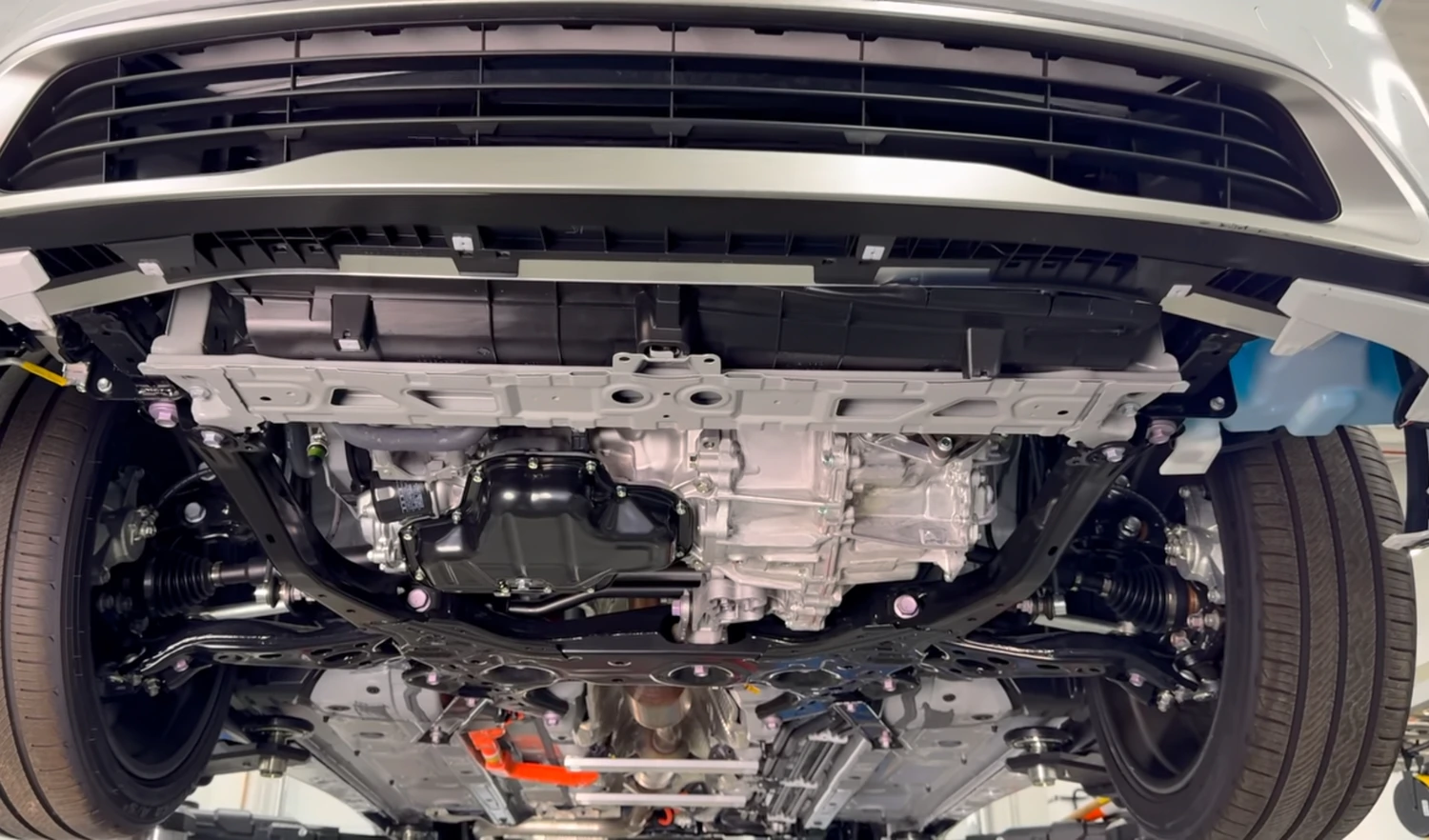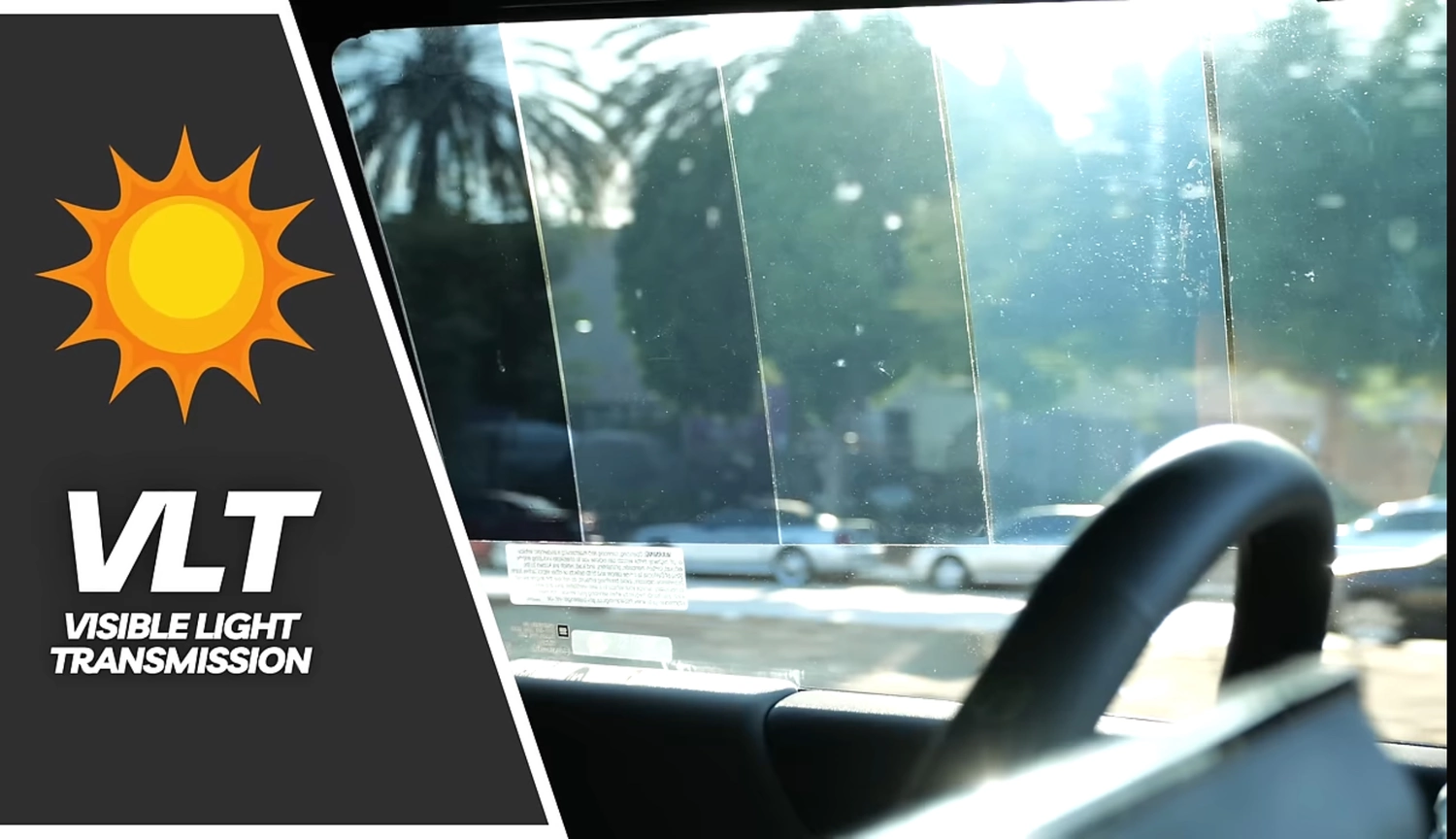Leveling kits are essential for Jeep Gladiator owners who wish to enhance the stance and overall appearance of their vehicles. Typically, it comes with a slight rake from the factory, meaning the front end is lower than the rear. Installing a Jeep Gladiator leveling kit balances the stance and provides additional clearance for larger tires, which is crucial for off-road enthusiasts. By elevating the front of the Gladiator to match the rear, these kits create a more aggressive and visually appealing profile that stands out among other midsize truck mods.
Top 10 Jeep Gladiator Leveling Kits in 2025
Best Gladiator Lift Kits
Off-road enthusiasts often opt for lift kits that raise the truck’s stature and improve its suspension articulation. This enhancement allows for larger tires, which are crucial for increased ground clearance and better obstacle navigation. These kits are specifically designed to maintain ride quality while ensuring that your off-road pickup trucks remain adventure-ready, providing reliability when you’re far from paved roads.
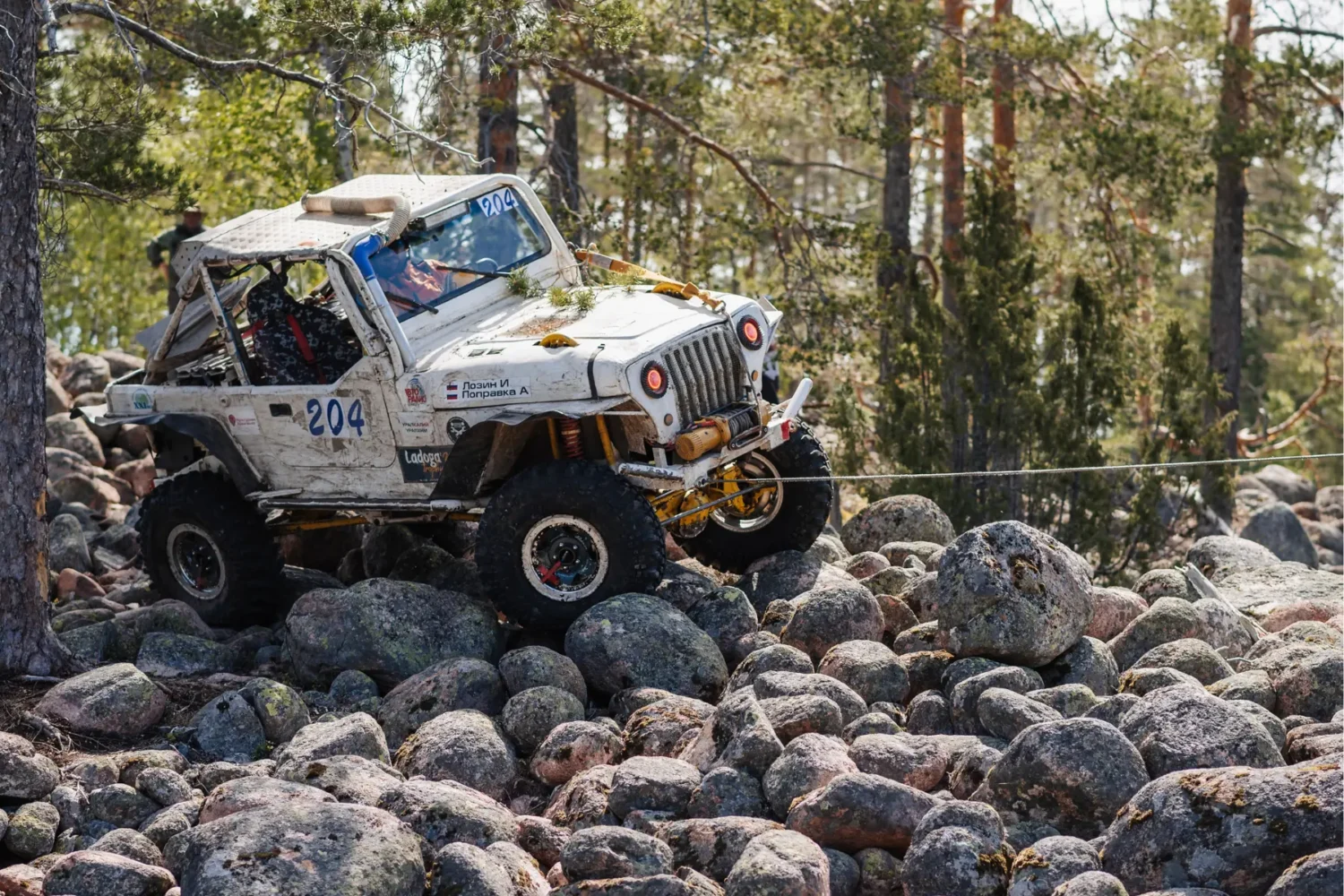
Top Leveling Kits for Daily Driving
For those who use their Jeep Gladiator as a daily driver, finding top leveling kits for Jeeps that balance height and comfort is essential. A quality one should improve the vehicle’s appearance without sacrificing the ride quality, which is important for regular use. For individuals who desire a small improvement without changing the truck’s factory handling qualities, daily driving lift kits are perfect because they usually contain moderate raises that assist in leveling the truck’s stance without the hassles of a complete lift kit.
Value Gladiator Lift Kits
Jeep owners looking for affordability without compromising on quality should consider value lift kits. These are perfect for enthusiasts who are just beginning to modify their vehicles or those mindful of their spending. Despite their lower price point, these still offer the necessary components to achieve a more balanced stance, enhancing the vehicle’s look and feel. They prove that you don’t have to break the bank to start building your truck into something that stands out.
Premium Front Lift Kits for Trucks
Ideal for those who prioritize aesthetics and performance, these kits enhance the truck’s visual appeal and improve its approach angles for serious off-roading. Such upgrades are particularly popular among owners of rugged 4×4 vehicles who demand the most from their mods.
Choosing the Right Leveling Kit for Your Needs
Matching Your Driving Style
Selecting the correct lift kit for a Jeep Gladiator rests significantly on how you plan to use your vehicle. A kit that offers substantial suspension upgrades to withstand harsh terrains is essential. Conversely, if you mostly navigate city streets or highways, a less intensive kit that provides a slight lift for aesthetic purposes might be more appropriate. Understanding your typical driving conditions and expectations from your vehicle will guide you in choosing a kit that looks good and practical for your everyday needs.
Lift Kits vs. Leveling Kits
As emphasized before, lift kits offer a considerable increase in height for both the front and rear of the vehicle, enhancing off-road capability and allowing for larger tires. On the other hand, leveling kits for Jeeps primarily address the vehicle’s stance, eliminating the factory rake by raising the front to match the rear. This is perfect for drivers looking for a simple aesthetic improvement without the complexities of a full lift.
Evaluating Build Quality, Durability, and Ride Comfort
High-quality materials such as forged steel or aircraft-grade aluminum ensure longevity and sustained performance under diverse conditions. Durability is crucial, especially for adventure-ready trucks that face rugged environments. Additionally, consider the impact of the kit on ride comfort. A well-designed leveling kit should improve your stance and preserve, if not enhance, the ride quality of your Jeep Gladiator.
Combining Jeep Suspension Upgrades
Adding shock absorbers or struts designed for lifted vehicles can complement the increased height provided by a leveling kit. This combination ensures that the modifications contribute positively to both the vehicle’s off-road prowess and its handling on regular roads, making it a versatile, all-terrain contender. Such strategic enhancements can significantly amplify the capability and appearance of your Jeep Gladiator.
Leveling Kit Types and Features
Leveling Spacers for Jeeps
Installed on top of the factory strut assemblies, it slightly raises the front of the vehicle to align with the rear. This type of modification is particularly advantageous for owners who want a quick and reversible upgrade that doesn’t alter the intrinsic mechanics of their vehicle. Spacers are an excellent choice for those seeking minimal enhancements with maximum ease of installation.
Coil Spring and Strut Spacer Kits
For a more robust solution, coil spring and strut spacer kits offer a durable way to elevate your Jeep Gladiator. These replace or augment the existing springs and struts, providing a lift that can handle heavier loads and more demanding driving conditions. This option is ideal for enthusiasts who require an improved stance and a performance boost for rugged 4×4 vehicles. Enhanced suspension components ensure the car remains stable and responsive, regardless of the terrain.
Front vs. Rear Leveling Options
While front leveling kits are popular for correcting the factory rake, rear kits can be used to lift the back of the vehicle, which is useful for towing or hauling heavy loads. Customization capability lets owners fine-tune their vehicle’s stance based on specific needs or aesthetic preferences, ensuring a balanced look and functionality.
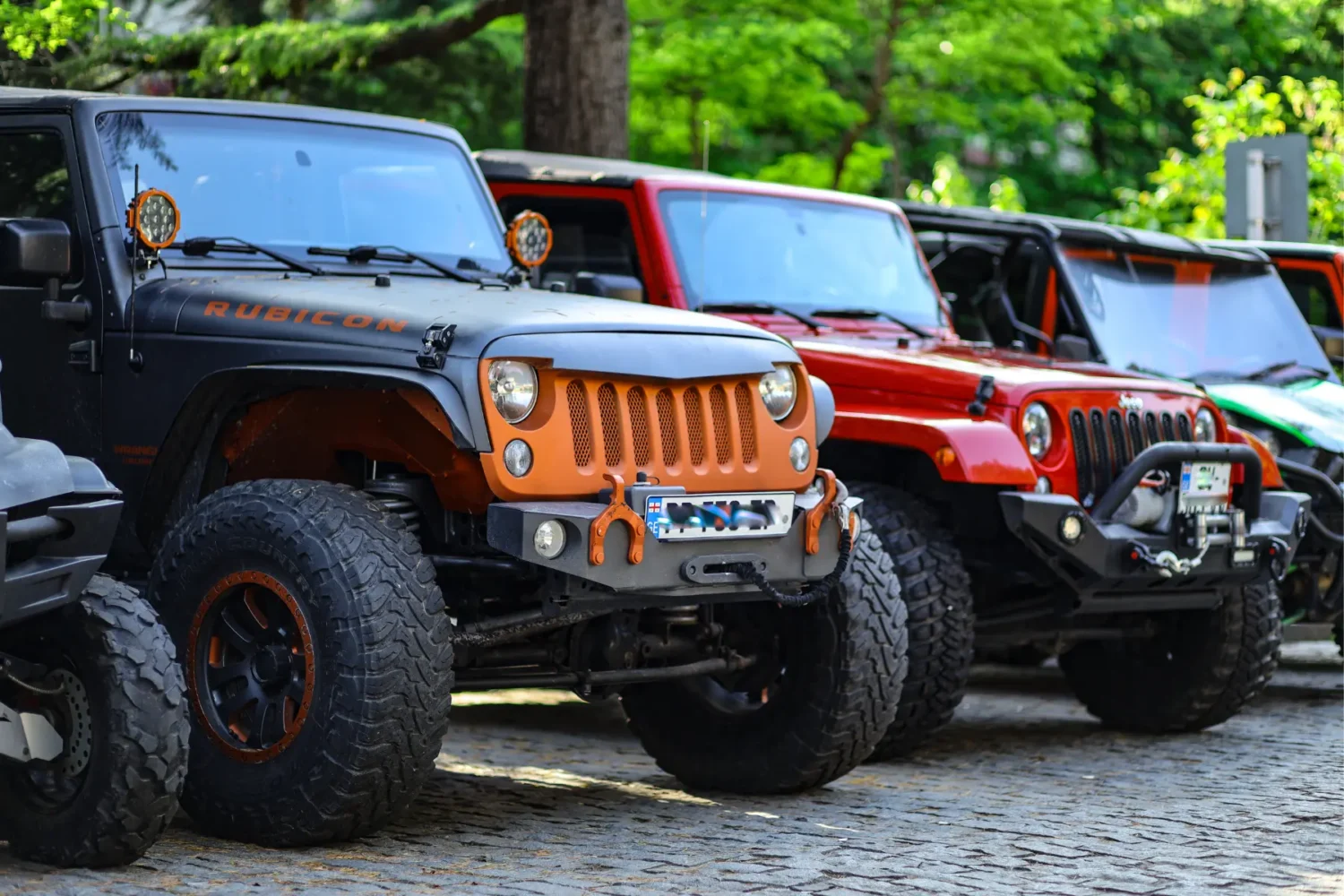
Installation Tips and Best Practices
How to Level a Jeep Gladiator Properly
Properly leveling a Jeep Gladiator involves precision and careful attention to detail to ensure safety and optimal performance. Here’s a guide on how to achieve this upgrade effectively:
- Preparation: Creating a well-organized workspace and reviewing the manufacturer’s instructions is crucial to understanding any vehicle-specific requirements. You should assemble items such as the leveling kit, a reliable jack, sturdy jack stands, a calibrated torque wrench, and various hand tools, including sockets, wrenches, and screwdrivers. Taking the time to inspect each component for wear or damage can prevent complications during the installation process. Additionally, studying the service manual for your Jeep Gladiator is advisable to familiarize yourself with the suspension system layout, which helps you identify potential obstacles or delicate parts that need extra care. Organizing your tools in a sequential order based on the tasks ahead can reduce stress and avoid confusion during the work.
- Lifting the Vehicle: It involves positioning your vehicle in a secure, flat area and using a high-quality jack to elevate it gradually. Once the vehicle is raised to the necessary height, placing jack stands under secure points—typically at the frame or designated lift points outlined in the owner’s manual—is essential to ensure the stability of the vehicle. It is vital to double-check that these supports are firmly locked in place, as any movement can lead to serious safety hazards or damage to the suspension. During this process, attention must be paid to the environment; a clear, well-lit space free from obstacles significantly reduces the risk of accidents. Also, verifying that the vehicle is on a level surface contributes to a more balanced life, preventing potential tilting that could jeopardize your work.
- Wheel Removal: Removing the wheels is a pivotal part of the leveling upgrade process, as it grants unobstructed access to the suspension components that require attention. Once the lug nuts are sufficiently loosened, elevate the vehicle using a jack and secure it with jack stands, ensuring that the suspension remains undisturbed during the procedure. With the vehicle stable, altogether remove the lug nuts and gently pull the wheels away from the hub assemblies. It is advisable to store the removed wheels and nuts in an organized manner, which can help maintain a smooth reinstallation process later on.
- Strut Assembly Disassembly: The focus shifts to exposing the internal components of the suspension system so that the leveling kit can be integrated effectively. Remove the fasteners that secure the top strut mount and the lower strut assembly bolts. Labeling each component and fastener as you remove them is advisable, ensuring that you can accurately reassemble the system later.
- Installing the Leveling Kit: With the strut assembly disassembled and all components clearly labeled and organized, the next step involves precisely installing the leveling kit. This process requires you to follow the manufacturer’s specific guidelines for fitting the leveling spacers or plates onto the exposed parts of the strut assembly. Ensure that the surfaces where the leveling kit will interface are clean and debris-free, ensuring a secure and accurate fit.
- Reassembly: Reattach the top strut mount and the lower assembly bolts with precision, ensuring that each fastener is seated correctly and that no part is forced into position. Employ a calibrated torque wrench to tighten each bolt to the manufacturer’s specific torque values, a critical measure to prevent over-tightening or under-tightening, both of which could lead to premature wear or unsafe conditions.
- Wheel Reinstallation: Carefully thread the lug nuts by hand, taking care to avoid cross-threading, which can damage the threads or cause uneven tension. Once the wheels are in position, use a calibrated torque wrench to tighten the lug nuts in a star pattern. This pattern is critical because it ensures the pressure is evenly distributed across the wheel hub, minimizing the risk of warped braking surfaces or uneven wear. As you progress, double-check that each nut is tightened to the manufacturer’s recommended torque setting to secure the wheel firmly against the hub.
Following this step-by-step guide ensures that every stage is completed with the utmost attention to detail.
Post-Installation Checks
Do a slow test drive to listen for any unusual noises or vibrations that could indicate improper installation. Check the tire alignment by observing if the vehicle pulls to one side. Finally, revisit the torque settings after a few days of driving, as bolts can settle and may need a slight adjustment to maintain optimal performance.
Buying Guide and Trusted Sources
Order Truck Parts Online
When looking at online car parts catalog items, there are several factors to consider to ensure that you receive high-quality, compatible parts for your vehicle. Here’s what to keep in mind:
- Reputable Sellers: Investigate the vendor’s history, which includes examining customer feedback on independent review platforms and assessing the consistency of positive experiences shared by previous buyers. This careful evaluation helps to ensure that the seller has a longstanding commitment to quality and is recognized within the automotive community for reliability and ethical business practices.
- Detailed Product Descriptions: A crucial element when ordering truck parts online is the availability of comprehensive and accurate product descriptions. Detailed listings allow you to verify that the parts you are considering will be compatible with your specific Jeep Gladiator model and meet your performance requirements. Thorough descriptions should cover a broad range of product details, including material composition, dimensions, fitment specifics, and any relevant technical specifications or performance ratings.
- Clear Return Policies: Understanding and verifying the return policy is an essential step when ordering truck parts online, especially in an industry where precision and compatibility are paramount. This policy should detail the conditions under which returns are accepted, including the time frame, the condition the item must be in, and any restocking fees or shipping costs that may be incurred. In addition, a transparent policy offers insight into the seller’s confidence in their products; vendors with well-documented and customer-friendly return policies are more likely to stand behind the quality of their merchandise.
- Secure Payment Options: Modern online marketplaces must employ advanced security protocols to safeguard sensitive data during payment processing. Look for websites offering encrypted transactions, typically SSL (Secure Sockets Layer) certificates, that provide a secure connection between your browser and the vendor’s server. Reputable sites often offer multiple payment options, including credit cards, digital wallets, and sometimes even third-party payment systems that add an extra layer of protection.
These considerations not only safeguard your investment but also empower you to make informed decisions that directly contribute to the longevity and performance of your vehicle.
Warranty and Support Considerations
A key aspect of purchasing leveling kits is the warranty and customer support offered. A robust warranty can provide peace of mind, indicating the manufacturer’s confidence in their product. Look for suppliers who offer detailed support, be it through installation guides, customer service hotlines, or online chat support. Evaluate the overall value of the kit by considering both the purchase price and the potential long-term benefits and durability of the product.
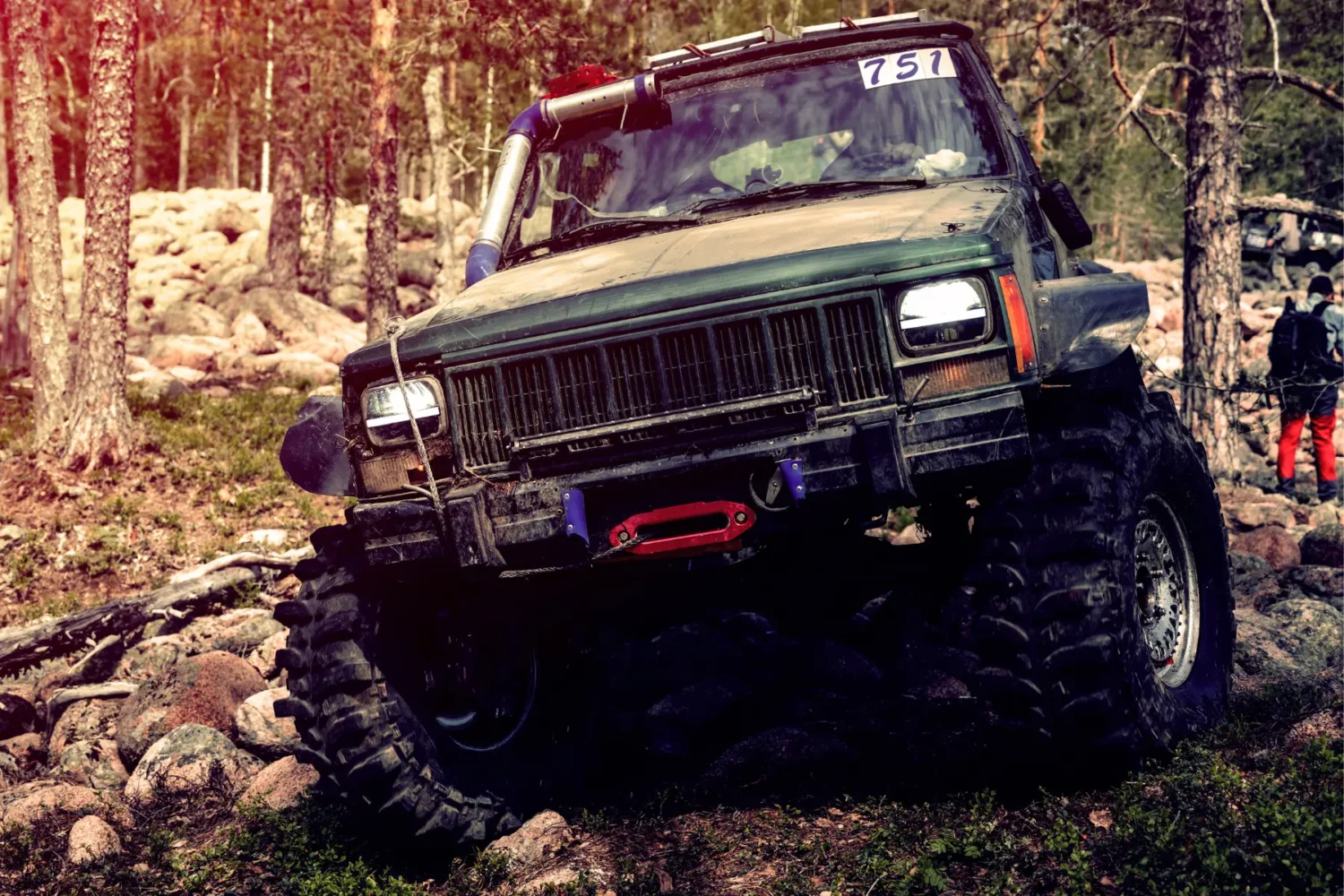
Choosing the ideal Jeep Gladiator leveling kit can profoundly impact your vehicle’s look and functionality. Whether you aim to boost your Gladiator’s off-road capabilities or simply want to achieve a more commanding road presence, the right kit can make all the difference. It is essential to consider how the changes will affect your driving experience and ensure that the kit you choose complements your vehicle’s existing setup and lifestyle needs.
